Dealing with a car that’s been in an accident and needs auto body work can throw a wrench into your daily life. Beyond the stress of the collision itself, figuring out how long you’ll be without your vehicle can be a major headache. You’re likely wondering, “How long does it take to repair a wrecked car?” and need to plan for alternative transportation, manage work or school commutes, and handle all the other logistics of being car-less.
At Car Repair Online, we understand that getting your car back on the road quickly and efficiently is a top priority. That’s why we’ve created this comprehensive guide to break down the typical collision repair timeline. We believe that clear expectations are key to a less stressful repair experience.
This article will explore the average timeframes for various types of collision repairs, delve into the different stages of the repair process, and identify the key factors that can influence how long it takes to fix your wrecked car. By understanding these elements, you’ll be better prepared for the repair process and have a clearer picture of when you can expect to be back behind the wheel.
Decoding Average Collision Repair Times
When it comes to car accident repairs, the question “How long will my car be in the shop?” is often the first thing on your mind. The truth is, there’s no single answer, as auto body repair time can fluctuate dramatically. Generally, the average time to repair a wrecked car can range from just a few hours for minor cosmetic fixes to several weeks, or even longer, for extensive structural damage.
To give you a more concrete understanding of typical repair durations, we’ve compiled a table outlining average timeframes based on the severity and type of damage:
| Type of Collision Repair | Average Time to Fix |
|---|---|
| Minor Collision Repair | 1-3 days |
| Major Collision Repair | 1 to 3 weeks |
| Paintless Dent Repair | 1-2 days |
| Bumper Repair/Replacement | 1-3 days |
| Fender Repair/Replacement | 1-4 days |
| Door Repair/Replacement | 2-4 days |
| Glass Replacement | 1-2 days |
| Suspension Repair | 2-3 days |
| Frame Straightening | 4 days – 2 weeks |
| Paint Repair (minor) | 2-4 days |
| Paint Repair (major) | 1-2 weeks |
| Airbag Replacement | 2-5 days |
| Engine Repair/Replacement | 1-4 weeks |
| Full Vehicle Restoration | 4-8 weeks or longer |
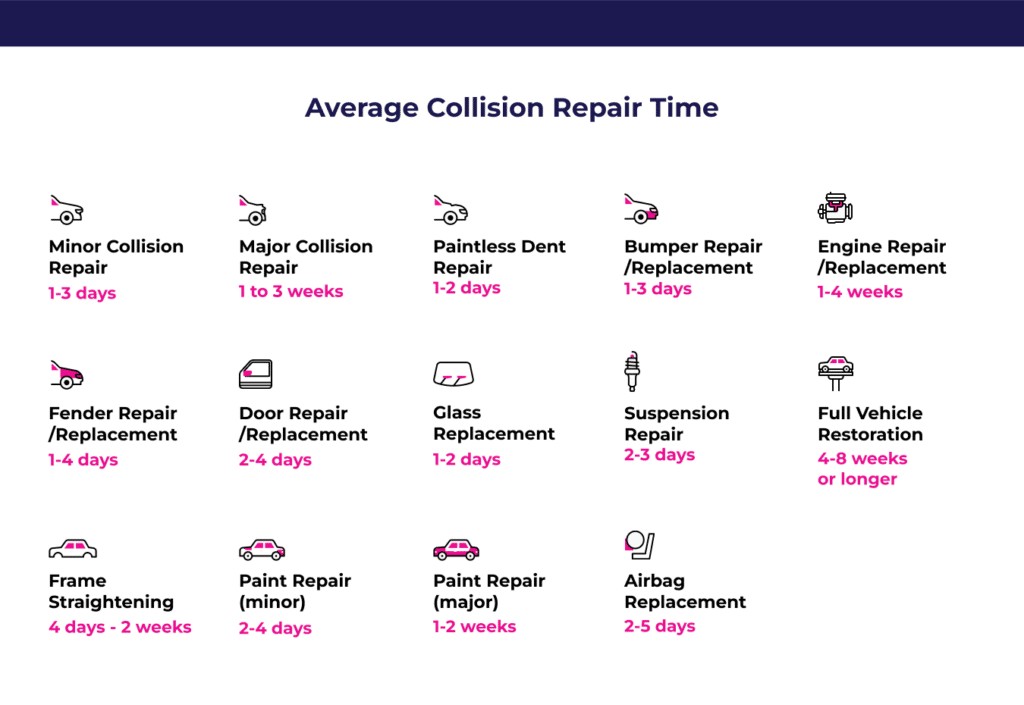
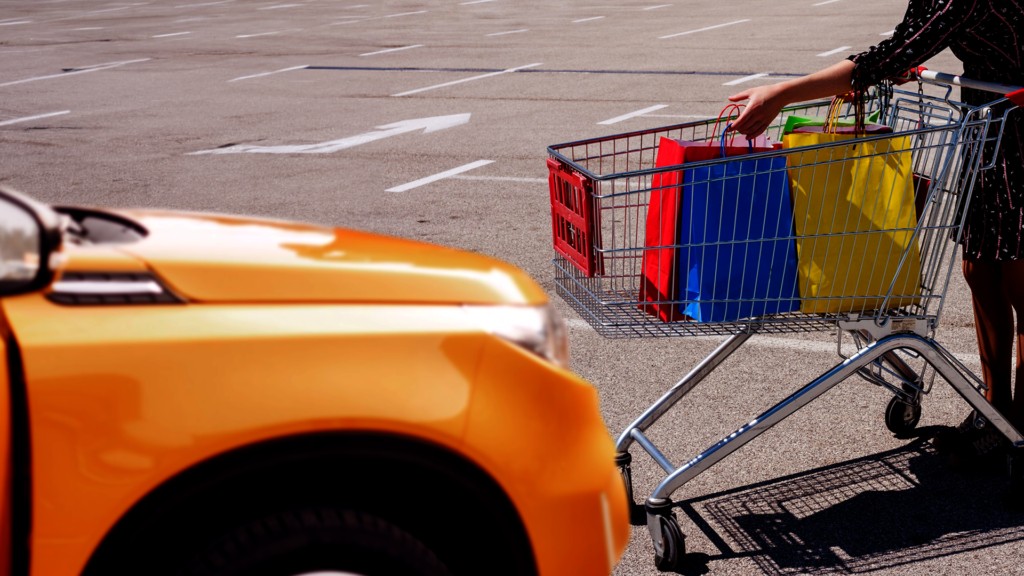
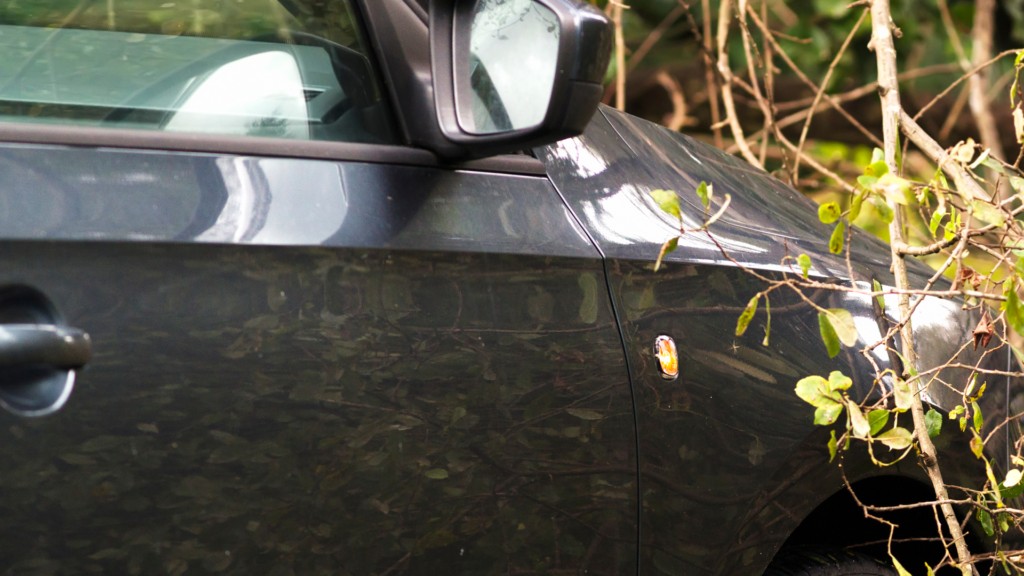
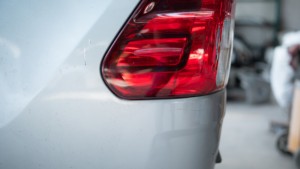
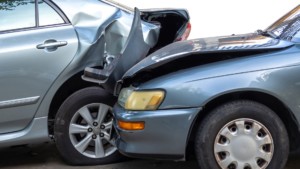
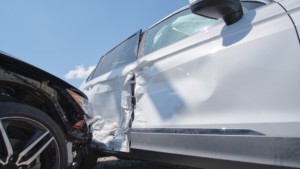
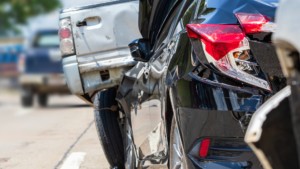
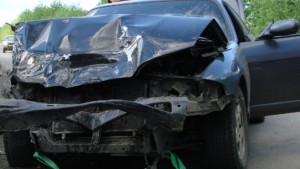
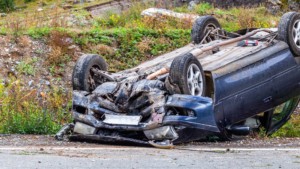
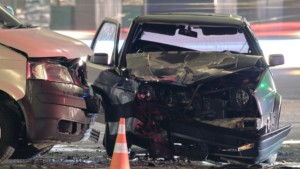
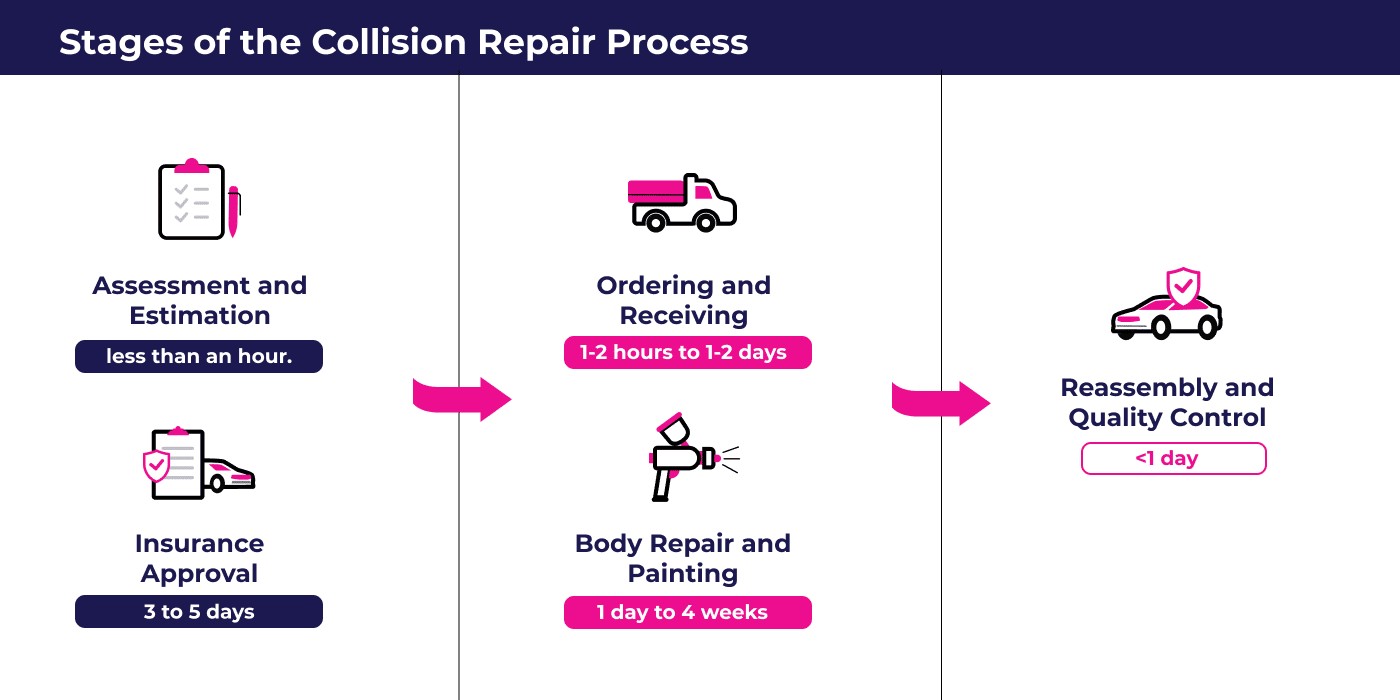
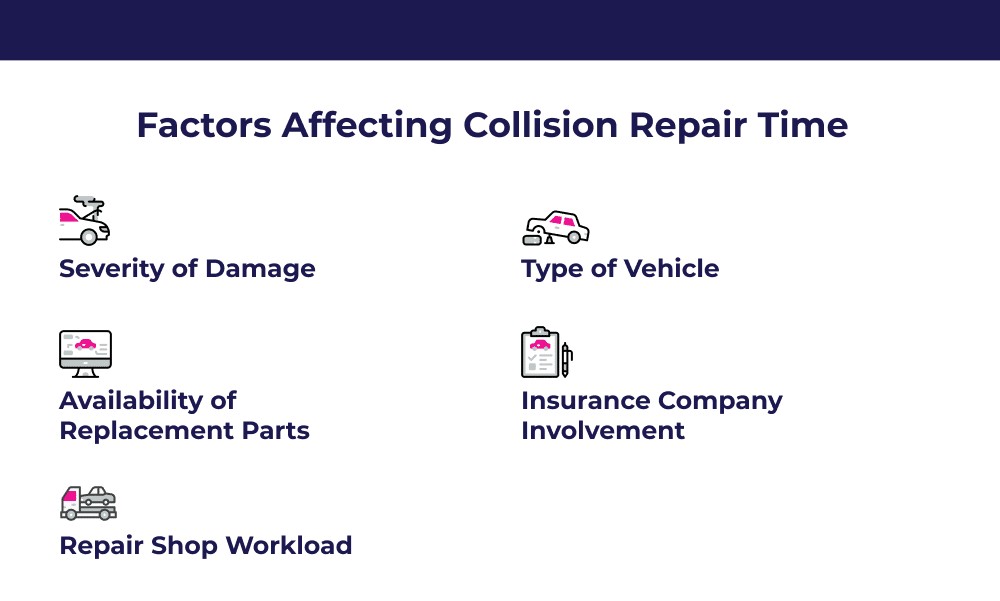
Minor vs. Major Collision Repair Durations: What’s the Difference?
Understanding the distinction between minor and major collision repair is crucial for estimating how long your car might be out of commission. The complexity of the damage is the primary factor determining the repair timeline.
Minor Collision Repair: Quick Fixes to Get You Back on the Road
Minor collision repairs are typically characterized by superficial damage that doesn’t impact the structural integrity or major mechanical components of your vehicle. These are often cosmetic issues that, while visually unappealing, are relatively straightforward to address. These types of repairs generally take between 1 to 3 days.
Examples of minor collision damage include:
- Shopping Cart Dents: Dings and dents caused by runaway shopping carts in parking lots. These are often shallow and can be repaired using paintless dent repair techniques.
- Tree Branch Scratches: Superficial scratches to the paintwork caused by brushing against tree branches or bushes. These scratches are typically limited to the clear coat and paint layers.
- Minor Road Debris Scratches: Small chips and scratches on the hood or bumper resulting from gravel or road debris kicked up while driving.
These minor repairs are faster because they usually involve simple processes like dent removal, scratch buffing, or minor part replacement. They are less labor-intensive and often require readily available parts.
Major Collision Repair: More Extensive Damage, Longer Timelines
Major collision repairs, on the other hand, involve more significant damage that can affect the vehicle’s structure, mechanics, or safety systems. These repairs are more complex and require specialized equipment, expertise, and potentially longer lead times for parts. Major collision repairs typically range from 1 to 3 weeks.
Examples of major collision damage include:
- Rear-End Collisions: Damage to the rear of the vehicle, which can range from bumper damage to trunk and frame damage. Rear-end collisions can impact the vehicle’s structural integrity and safety features.
- Side-Impact (T-Bone) Collisions: Damage to the side of the vehicle, often affecting doors, side panels, and potentially the frame. Side-impact collisions are particularly dangerous and can result in significant structural damage.
- Parking Lot Collisions with Fixed Objects: Damage from hitting poles, barriers, or other stationary objects in parking lots, often resulting in bumper, fender, and headlight damage.
Severe Collision Damage: Extended Repair Times
In the most severe cases, collision damage can be extensive and require highly specialized repairs. This can involve significant frame damage, major mechanical repairs, or the need for rare or hard-to-find parts. Severe collision repairs can extend beyond 3 weeks, and in some instances, take significantly longer.
Examples of severe collision damage include:
- High-Speed Head-On Collisions: Frontal impact collisions at high speeds, which can result in catastrophic damage to the engine, frame, and front-end structure of the vehicle.
- Rollover Accidents: Accidents where the vehicle rolls over, causing damage to the roof, sides, undercarriage, and potentially compromising the vehicle’s structural integrity.
- Severe Side-Impact Collisions at High Speed: High-speed T-bone collisions, which can cause extreme damage to the side of the vehicle, potentially intruding into the passenger compartment and causing severe frame damage.
Understanding the Stages of the Collision Repair Process
To gain a clearer understanding of why collision repairs take the time they do, it’s helpful to know the typical stages involved in the process. From the initial assessment to the final quality check, each step contributes to the overall timeline.
Stage 1: Initial Assessment and Estimate
The first step in any collision repair is a thorough assessment of the damage. A qualified technician will inspect your vehicle to determine the extent of the damage, identify all necessary repairs, and create a detailed estimate of the repair costs and timeframe. This stage involves:
- Vehicle Inspection: Carefully examining the exterior and interior damage, including hidden damage that may not be immediately visible.
- Damage Documentation: Taking photos and documenting all damage for insurance purposes and repair planning.
- Estimate Preparation: Compiling a detailed list of required repairs, parts, and labor, and calculating the estimated cost and repair time.
Typical Timeframe: While some shops may take a day or more to provide a comprehensive estimate, many modern repair facilities, like Car Repair Online partners, offer quicker estimate services, sometimes within an hour.
Stage 2: Insurance Claim and Approval
If you are filing an insurance claim to cover the repairs, the estimate will need to be submitted to your insurance company for review and approval. This stage can add time to the overall process as it involves communication and negotiation between the repair shop and the insurance adjuster.
- Claim Submission: The repair shop submits the estimate and supporting documentation to your insurance company.
- Insurance Review: The insurance adjuster reviews the estimate, assesses the damage, and determines if the proposed repairs are covered under your policy.
- Negotiation (If Necessary): In some cases, there may be discrepancies between the repair shop’s estimate and the insurance company’s assessment, requiring negotiation to reach an agreed-upon repair plan and cost.
- Approval: Once the insurance company approves the estimate, the repair process can proceed.
Typical Timeframe: Insurance approval can take anywhere from 3 to 5 business days, or sometimes longer, depending on the complexity of the claim and the insurance company’s processes.
Stage 3: Parts Ordering and Procurement
Depending on the repairs needed, the body shop may need to order replacement parts. The availability of parts can significantly impact the repair timeline.
- Parts Identification: Identifying the specific parts needed for the repair, based on the vehicle make, model, and year.
- Parts Ordering: Ordering the necessary parts from manufacturers, suppliers, or dealerships.
- Parts Delivery: Waiting for the ordered parts to be delivered to the repair shop.
Typical Timeframe: Parts ordering can range from a few hours for common parts readily available locally to several days or even weeks for rare or back-ordered parts.
Stage 4: Body Repair and Refinishing
This is the core of the collision repair process, where the actual physical repairs are carried out. This stage involves restoring the vehicle’s body to its pre-accident condition.
- Structural Repairs: Repairing frame damage, straightening bent panels, and restoring the vehicle’s structural integrity.
- Panel Replacement: Replacing damaged panels such as fenders, doors, bumpers, and hoods.
- Dent Removal: Removing dents and imperfections from body panels.
- Body Filler and Shaping: Using body filler to smooth out imperfections and reshape panels to their original contours.
- Priming and Painting: Applying primer and multiple coats of paint to match the original vehicle color and finish.
- Paint Blending and Polishing: Blending new paint with existing paint for a seamless finish and polishing the painted surfaces to a high shine.
Typical Timeframe: The body repair and painting stage can take anywhere from 1 day to several weeks, depending on the extent of the damage, the complexity of the repairs, and the paint curing process.
Stage 5: Reassembly and Quality Control
Once the bodywork and painting are complete, the vehicle is reassembled, and a thorough quality control inspection is performed.
- Reassembly: Reinstalling trim pieces, moldings, lights, and other components that were removed for repair.
- Mechanical Checks: Inspecting and testing mechanical systems that may have been affected by the collision, such as suspension, steering, and brakes.
- Alignment: Performing wheel alignment to ensure proper handling and tire wear.
- Detailing: Cleaning and detailing the vehicle, both inside and out.
- Quality Inspection: A final inspection to ensure all repairs have been completed to a high standard and that the vehicle is safe and roadworthy.
Typical Timeframe: Reassembly and quality control typically take a day or two to ensure everything is properly put back together and functioning correctly.
Stage 6: Final Paperwork and Vehicle Delivery
The final stage involves completing any remaining paperwork and returning the vehicle to you.
- Paperwork Completion: Finalizing repair orders, insurance documentation, and warranty information.
- Customer Notification: Informing you that your vehicle is ready for pickup.
- Vehicle Delivery: Returning your repaired vehicle, ensuring you are satisfied with the repairs and answering any questions you may have.
Typical Timeframe: This stage is usually completed within a few hours, depending on the paperwork involved.
Key Factors Influencing Collision Repair Time
While understanding the stages of repair provides a general overview, several specific factors can significantly affect how long it takes to repair your wrecked car. Being aware of these factors can help you anticipate potential delays and understand why your repair timeline might be longer or shorter than average.
1. Severity of Damage: Minor Dents vs. Major Structural Issues
As discussed earlier, the severity of the damage is the most significant determinant of repair time. Minor cosmetic damage will naturally take less time than extensive structural damage requiring frame straightening or engine work. The more complex and widespread the damage, the longer the repair will take.
- Minor Damage: Scratches, dents, bumper scuffs – Hours to a few days.
- Moderate Damage: Fender benders, door damage, suspension issues – Several days to a week.
- Major Damage: Frame damage, airbag deployment, engine damage – Weeks or longer.
2. Availability of Replacement Parts: Common vs. Rare Components
The availability of replacement parts is another critical factor. Common parts for popular vehicle models are usually readily available, minimizing delays. However, if your car requires rare, custom, or back-ordered parts, the repair timeline can be significantly extended while the shop waits for these parts to arrive.
- Common Parts: Readily available, faster repairs.
- Rare Parts: Longer wait times, potentially weeks or months for delivery, especially for luxury or older vehicles.
- OEM vs. Aftermarket: OEM (Original Equipment Manufacturer) parts may sometimes be back-ordered, while aftermarket parts might be more readily available but could vary in quality and fit.
3. Type of Vehicle: Mainstream vs. Luxury or Specialized Models
The type of vehicle you drive can also impact repair time. Mainstream vehicles from brands like Toyota, Honda, Ford, and Chevrolet generally have readily available parts and established repair procedures, leading to potentially faster repairs. Luxury vehicles or specialized models (e.g., electric vehicles, high-performance cars) may require specialized parts, tools, and technicians, which can extend repair times.
- Common Vehicles: Faster repair times due to parts availability and technician familiarity.
- Luxury/Rare Vehicles: Longer repair times due to specialized parts, technicians, and potentially higher repair complexity.
- Newer Vehicles: May have quicker access to OEM parts and warranty coverage but could also incorporate newer technologies requiring specialized repair knowledge.
4. Insurance Company Involvement: Claims Process and Approval Timelines
Dealing with insurance adds another layer to the repair process. The time it takes for your insurance company to review the estimate, assess the damage, and approve the repairs can influence the overall timeline. Complex claims or disagreements on repair costs can lead to delays.
- Direct Repair Programs (DRP): Some insurance companies have direct repair programs with specific body shops, which can streamline the claims process.
- Independent Shops: Using an independent shop may require more communication and back-and-forth with the insurance adjuster, potentially adding time.
- Claim Complexity: More complex claims, involving liability disputes or extensive damage assessments, can take longer for insurance approval.
5. Repair Shop Workload: Busy Shops May Have Longer Wait Times
The workload of the auto body shop itself is a factor. During peak seasons or if a shop is particularly busy, there may be a backlog of vehicles waiting for repair, which can affect your car’s repair start date and overall completion time.
- Shop Capacity: Larger shops with more technicians and bays may be able to handle repairs more quickly.
- Scheduling: You may need to schedule your repair appointment in advance, especially at busy shops.
- Unexpected Delays: Unforeseen issues or complications during the repair process at other vehicles in the shop could potentially impact the overall workflow and your repair timeline.
Conclusion: Patience and Communication are Key to Car Wreck Repair
So, “How long does it take to repair a wrecked car?” As you now know, the answer is multifaceted and depends on a range of variables. From minor fender benders to major collisions, repair times can vary significantly. Understanding the stages of the collision repair process and the factors that influence it can help you navigate this often-stressful experience with more realistic expectations.
While it’s natural to want your car back as quickly as possible, rushing the repair process can compromise quality and safety. Patience is essential. Choose a reputable and experienced auto body shop, maintain open communication with them throughout the process, and don’t hesitate to ask questions about the timeline and any potential delays. A transparent and communicative repair shop will keep you informed and work diligently to get your car back on the road safely and efficiently.
Frequently Asked Questions About Average Collision Repair Time
Q: What transportation options are available while my car is being repaired?
A: Being without your car can be disruptive. Explore transportation options such as rental cars (which may be covered by your insurance), public transportation, or ride-sharing services. Some repair shops, like Car Repair Online partners, may offer loaner vehicles or shuttle services to minimize inconvenience. Check with your insurance provider and repair shop about available options.
Q: Do auto body shops offer warranties on repair work?
A: Yes, most reputable auto body shops offer warranties on their repair work. Warranties can vary in length and coverage, so be sure to inquire about the warranty offered by the shop you choose. Car Repair Online partners often provide warranties on their workmanship and paint finishes.
Q: Is front-end collision repair typically faster or slower than rear-end repair?
A: Generally, rear-end collision repairs are often quicker and less expensive than front-end repairs. The front of a vehicle typically houses more complex components, including the engine, radiator, and cooling systems, which can complicate and lengthen the repair process.
Q: When is a damaged car considered a total loss?
A: A car is usually considered a total loss when the cost of repairs exceeds its actual cash value (ACV) or a certain percentage of its value (often around 70-75%). In these cases, the insurance company may deem it more economical to declare the vehicle a total loss and compensate you for its pre-accident value rather than paying for extensive repairs.
Q: What should I do if my car repair is taking longer than initially estimated?
A: If your car repair is taking significantly longer than the initial estimate, the first step is to communicate with your auto body shop. Politely inquire about the reason for the delay. It could be due to unforeseen issues discovered during the repair process, parts delays, or insurance claim complexities. Open communication can help clarify the situation. If you remain concerned or experience excessive delays without clear explanations, you can consider contacting your insurance adjuster for assistance.
Q: How much should I expect to pay for collision repair?
A: Collision repair costs are highly variable and depend on the extent of the damage, the type of vehicle, parts costs, and labor rates in your area. Minor repairs might cost a few hundred dollars, while major repairs can range from several thousand to tens of thousands of dollars. Always obtain a detailed estimate from a reputable repair shop before authorizing any work. Car Repair Online can help you get free estimates from certified repair shops in your area.
